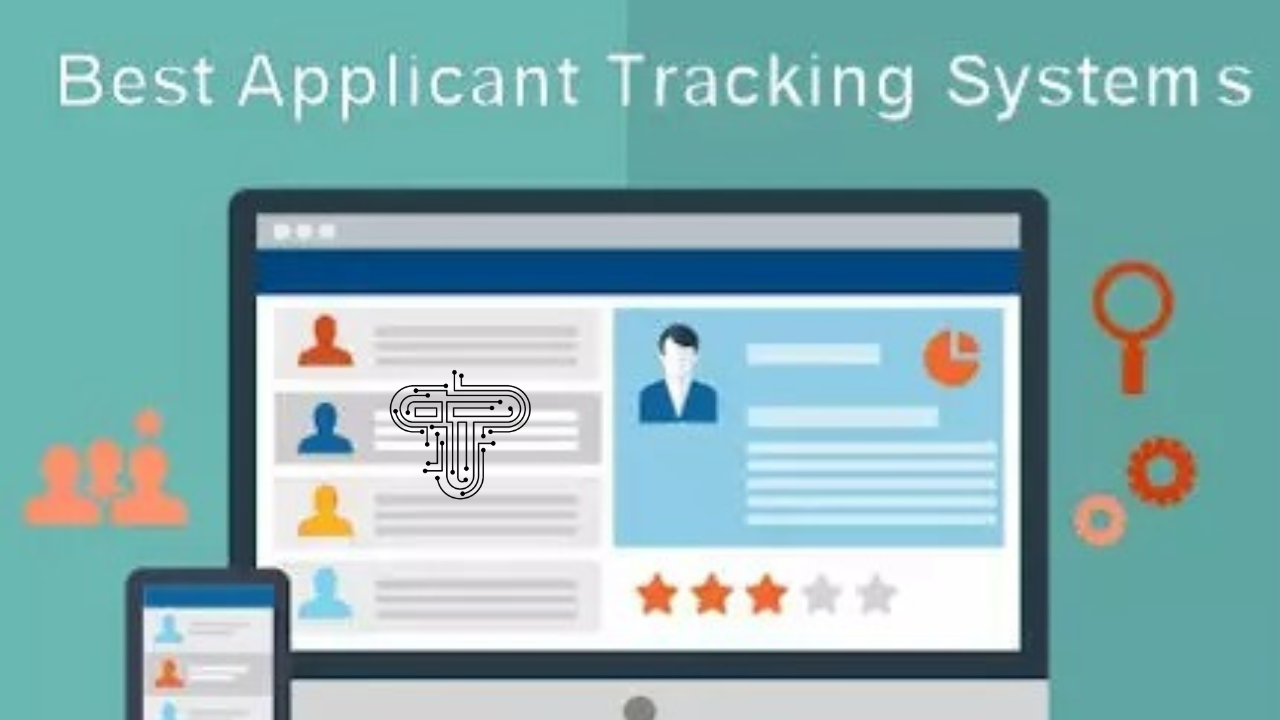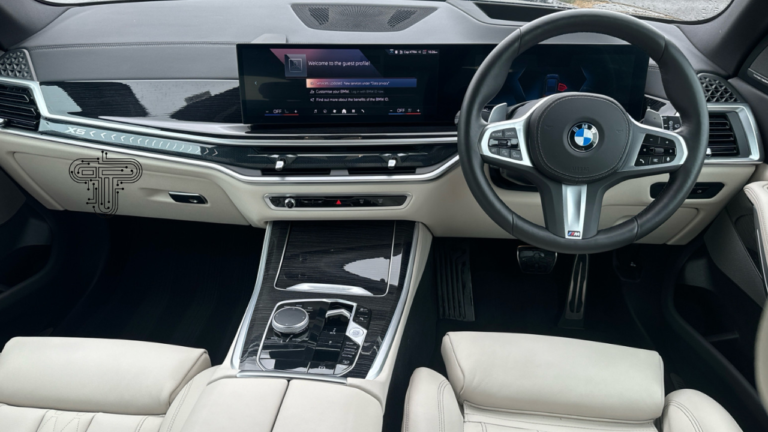The Evolution of Applicant Tracking Systems: From Basic Tools to AI-Powered Platforms
Applicant Tracking Systems (ATS) has become integral to modern recruitment processes, transforming from simple databases to sophisticated AI-driven platforms. This evolution reflects the changing needs of the recruitment industry, where efficiency, accuracy, and data-driven decision-making have become paramount. In this article, we explore the journey of ATS, tracing its origins, highlighting key milestones, and examining the impact of AI on its current and future capabilities.
The Early Days of Applicant Tracking Systems
In the late 1990s and early 2000s, as the internet revolutionized communication, the recruitment industry began to see the potential of digitization. Early ATS software was essentially digital filing cabinets—essential databases that stored and organized resumes. These hiring platforms were designed to help recruiters manage the growing volume of applications by automating some of the most tedious aspects of the hiring process, such as resume collection and keyword searching.
However, these early systems were limited. They primarily focused on storage and retrieval, offering little user experience or advanced functionality. The matching algorithms were rudimentary, often relying on simple keyword matching that could miss out on the nuances of a candidate’s knowledge and skills. Despite these limitations, early ATS provided a crucial first step in moving away from paper-based recruitment processes.
The Rise of Cloud-Based ATS
As cloud computing gained momentum in the late 2000s, Applicant Tracking Systems evolved to become more accessible, scalable, and collaborative. Cloud-based ATS allows companies to store data securely online, enabling access from multiple locations and devices. This shift made it easier for recruitment teams to collaborate, share insights, and maintain a centralized database of candidates, which helped improve the hiring process.
Moreover, cloud-based systems introduced enhanced features such as automated job postings, customizable workflows, and improved reporting capabilities. These systems began to offer more intuitive user interfaces, making them easier for both recruiters and hiring managers to navigate. The ability to integrate with other HR tools, such as payroll systems and employee onboarding platforms, also emerged, creating a more cohesive talent management ecosystem.
The Integration of Analytics and Reporting
By the 2010s, data had become a valuable asset for businesses across all industries, and recruitment was no exception. Applicant Tracking Systems began integrating advanced analytics and reporting tools, providing recruiters deeper insights into their hiring processes. Metrics such as time-to-hire, cost-per-hire, and source of hire became essential for recruitment strategies.
These data-driven insights enabled organizations to identify bottlenecks, optimize recruitment processes, and make more informed decisions. For example, analytics could reveal which job boards were producing the most qualified candidates or which stages of the hiring process were taking the longest. This information empowered recruiters to refine their strategies, improve candidate experience, and ultimately make better hires.
The Advent of AI-Powered Applicant Tracking Systems
The most significant transformation in the evolution of ATS has been the incorporation of artificial intelligence (AI). AI-powered Applicant Tracking Systems have revolutionized how recruiters source, screen, and engage with candidates. These platforms leverage machine learning algorithms, natural language processing, and predictive analytics to enhance every stage of the hiring process.
Intelligent Candidate Sourcing: AI can automatically identify and rank potential candidates based on their skills, experience, and cultural fit, even if they have not applied for the job. By analyzing large datasets from various sources—such as social media profiles, online portfolios, and previous job applications—AI can identify passive candidates who might be the perfect fit for a role.
Automated Screening: One of the recruiters’ most time-consuming tasks is sifting through resumes. AI-driven ATS can automatically screen and shortlist candidates by analyzing their resumes against job descriptions. These systems can understand context and nuance, going beyond simple keyword matching to evaluate candidates’ qualifications more accurately.
Enhanced Candidate Engagement: AI-powered chatbots and virtual assistants are increasingly used to engage with candidates. These tools can answer queries, schedule interviews, and update the application status, creating a more responsive and personalized candidate experience.
Bias Reduction: AI can reduce unconscious bias in recruitment by focusing on objective data rather than human judgment. By anonymizing resumes and standardizing evaluation criteria, AI can help ensure that candidates are assessed based on their skills and qualifications rather than demographic factors.
Predictive Analytics: AI-powered ATS can predict which candidates are most likely to succeed in a given role by analyzing patterns from historical hiring data. This predictive capability helps recruiters make more informed decisions, reducing the risk of costly hiring mistakes.
The Future of Applicant Tracking Systems
As AI continues to evolve, the future of Applicant Tracking Systems looks promising. We can expect further advancements in automation, personalization, and data-driven decision-making. For example, future ATS may offer even more sophisticated candidate matching algorithms, considering personality traits, work style preferences, and long-term career goals.
Additionally, integrating ATS with other HR technologies, such as employee engagement platforms and performance management systems, will create a more holistic approach to talent management. This seamless integration will enable organizations to hire the best talent and effectively retain and develop them.
Read More
Conclusion
The evolution of Applicant Tracking Systems from essential tools to AI-powered platforms reflects the broader digital transformation of the recruitment industry. As these systems advance, they will be increasingly important in helping organizations attract, engage, and hire the right talent. For recruiters, staying ahead of these trends is essential to remain competitive in an ever-changing job market. The future of recruitment lies in the hands of technology, and AI-powered ATS are leading the way.







